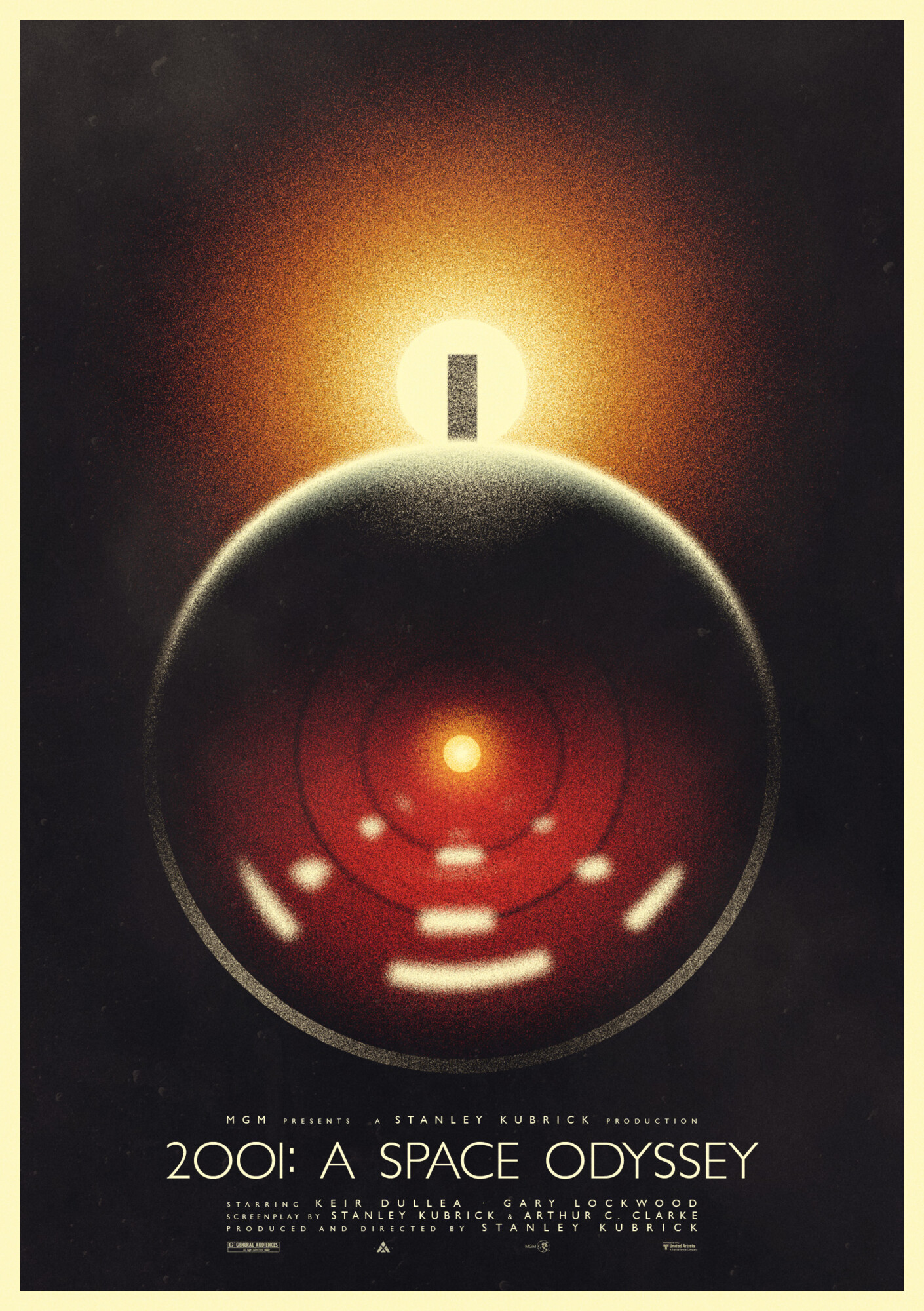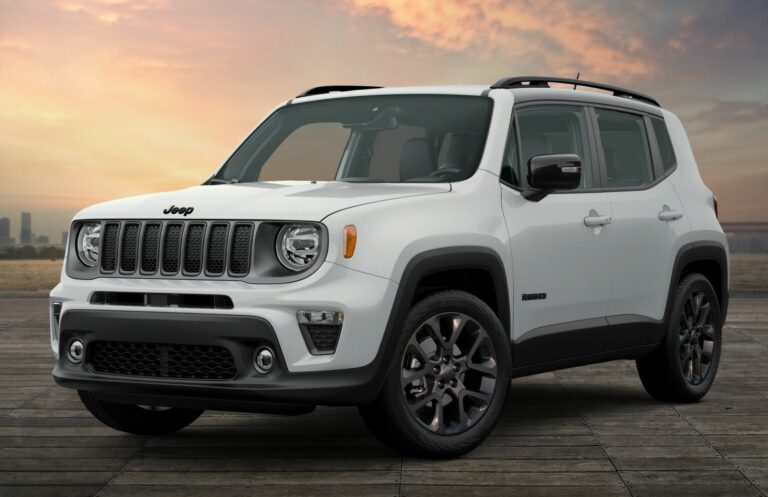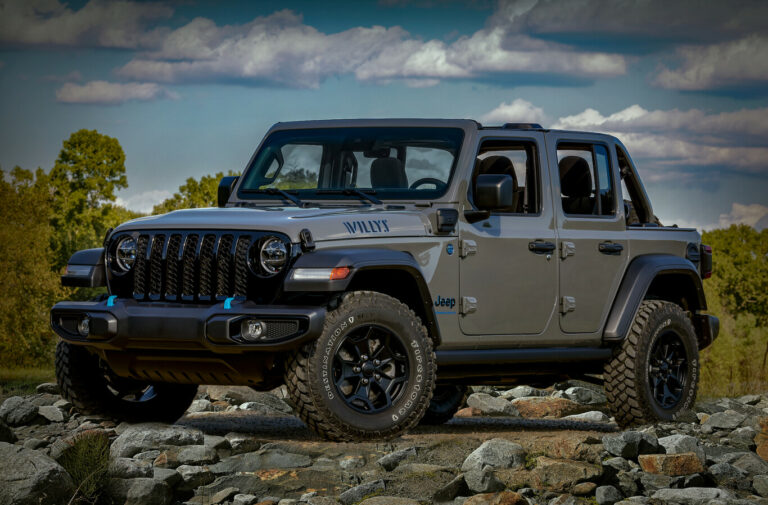2001 Jeep Cherokee Sport: The Unyielding Icon of the Trail
2001 Jeep Cherokee Sport: The Unyielding Icon of the Trail jeeps.truckstrend.com
The year 2001 marked a significant turning point in automotive history, as it heralded the final production run of one of the most beloved and enduring SUVs ever made: the Jeep Cherokee XJ. Among its various trims, the 2001 Jeep Cherokee Sport stands out as a quintessential representation of this legendary vehicle. It embodies the rugged simplicity, unpretentious capability, and timeless design that solidified the XJ’s iconic status. More than just a utility vehicle, the 2001 Cherokee Sport is a testament to an era of straightforward engineering, offering a unique blend of off-road prowess, daily drivability, and a burgeoning classic appeal that continues to captivate enthusiasts and adventurers alike.
The Enduring Legacy of the XJ Cherokee
2001 Jeep Cherokee Sport: The Unyielding Icon of the Trail
Introduced in 1984, the Jeep Cherokee (XJ) revolutionized the SUV market. It pioneered the unibody SUV design, offering a lighter, more nimble alternative to traditional body-on-frame trucks without sacrificing durability or off-road capability. Over its 18-year production run, the XJ garnered a reputation for being tough, reliable, and incredibly versatile.
The 2001 model year, being the last, incorporates all the refinements and iterations developed over nearly two decades. While later Jeep models adopted more modern, rounded aesthetics and more complex electronics, the 2001 Cherokee Sport retained the classic boxy silhouette and the bulletproof mechanicals that made the XJ a legend. This final iteration is particularly sought after by purists and collectors, representing the culmination of a design philosophy that prioritized function over form and durability above all else. Its importance lies not just in its utility, but in its place as a cornerstone of American automotive design and off-road culture.
2001 Jeep Cherokee Sport: Key Features and Specifications
The Sport trim level of the 2001 Cherokee was designed to offer a balance of essential features, affordability, and the core capabilities that defined the XJ.
- Engine: The heart of the 2001 Cherokee Sport is the venerable 4.0-liter "PowerTech" inline-six (I6) engine. Renowned for its exceptional durability, strong low-end torque, and relatively simple design, this engine produced 190 horsepower and 225 lb-ft of torque. Its legendary reliability is a primary reason many XJ Cherokees are still on the road today.
- Transmission: Most 2001 Cherokee Sport models came equipped with the Aisin-Warner AW4 four-speed automatic transmission, celebrated for its robustness and smooth shifting. A five-speed manual transmission (NV3550) was also available, though significantly less common, offering a more engaging driving experience for enthusiasts.
- Drivetrain: Jeep offered two primary 4×4 systems:

- Command-Trac (NP231): A part-time 4WD system, ideal for off-road use, but not for continuous use on dry pavement.
- Selec-Trac (NP242): A full-time 4WD system that could be used on any surface, offering added versatility and convenience. Both transfer cases are incredibly reliable and capable.
- Suspension: The XJ utilizes a solid front axle (Dana 30) with coil springs and a multi-link setup, and a solid rear axle (typically Dana 35 or optional Chrysler 8.25) with leaf springs. This simple, robust suspension design provides excellent articulation off-road and is highly amenable to aftermarket modifications.
- Exterior: The Sport model featured a body-colored grille, black bumpers (though many found their way to chrome), and often came with unique 15-inch or 16-inch alloy wheels. Its iconic boxy shape is instantly recognizable and provides excellent visibility.
- Interior: True to its "Sport" designation, the interior was functional and utilitarian. Cloth seats were standard, and while amenities were basic compared to modern SUVs, the cabin was designed for durability and ease of cleaning, perfect for an adventurous lifestyle.

Why Own a 2001 Jeep Cherokee Sport Today? Benefits and Appeal
Despite being over two decades old, the 2001 Jeep Cherokee Sport remains a compelling choice for a variety of reasons:

- Unrivaled Off-Road Prowess: Thanks to its compact size, excellent ground clearance, short overhangs, and robust 4WD systems, the XJ is incredibly capable on trails. It can tackle challenging terrain that would leave many modern SUVs stranded.
- Legendary Reliability and Durability: The 4.0L I6 engine is famous for reaching hundreds of thousands of miles with proper maintenance. The mechanical simplicity means fewer complex electronic components to fail, making it a dependable workhorse.
- Ease of Maintenance and Repair: Parts for the XJ Cherokee are abundant and relatively inexpensive. Its straightforward design makes it an excellent vehicle for DIY mechanics, reducing ownership costs significantly.
- Vast Aftermarket Support: The XJ has one of the largest and most diverse aftermarket communities. Whether you’re looking for lift kits, heavy-duty bumpers, lockers, or performance upgrades, options are virtually limitless, allowing owners to customize their vehicle to their specific needs.
- Classic Status and Potential Appreciation: As the last of its kind, well-maintained 2001 XJ Cherokees are becoming increasingly sought after by collectors and enthusiasts, leading to potential appreciation in value over time.
- Daily Driver Potential: While not as refined as modern SUVs, a well-maintained 2001 Cherokee Sport can still serve as a reliable and unique daily driver, offering a raw, connected driving experience.
Important Considerations Before Buying/Owning
While the 2001 Cherokee Sport boasts many virtues, potential owners should be aware of common issues:
- Rust: This is the most significant concern. Check thoroughly for rust on the rocker panels, floorboards, rear quarter panels, frame rails, and subframe. Northeast and Midwest vehicles are particularly susceptible.
- 0331 Cylinder Head: Specific to 2000-2001 4.0L engines, the 0331 cylinder head casting is prone to cracking, often between the #3 and #4 cylinders, leading to coolant loss and potential engine damage. A common sign is a "milky" appearance in the oil or coolant. While a known issue, many Cherokees have had this head replaced with an updated TUPY head (identifiable by a small "TUPY" cast into the head) or continue to run fine. A pre-purchase inspection should specifically check for this.
- Rear Main Seal Leaks: The 4.0L is notorious for minor rear main seal leaks. While often not severe enough to warrant immediate repair (unless dripping excessively), it’s a common characteristic.
- Sagging Leaf Springs: Over time, the rear leaf springs can flatten or sag, leading to a lower rear ride height. This is a relatively easy fix with new springs or an "add-a-leaf" kit.
- Cooling System: The XJ’s cooling system can be marginal, especially in hot climates or under heavy load. Ensure the radiator, water pump, fan clutch, and thermostat are in good working order. Upgrading these components is a popular modification.
- Electrical Gremlins: While generally reliable, older vehicles can develop minor electrical issues like faulty window switches, gauge cluster problems, or intermittent lighting.
Pre-Purchase Inspection: Always get a pre-purchase inspection from a trusted mechanic familiar with older Jeeps. Focus on rust, engine health (especially the 0331 head), transmission shifting, 4WD engagement, and suspension components.
Tips for Owners: Maximizing Your XJ Experience
Owning a 2001 Jeep Cherokee Sport is a rewarding experience, especially with these tips:
- Proactive Maintenance: Stick to a rigorous maintenance schedule. Regular oil changes, coolant flushes, transmission fluid and filter changes, and differential fluid changes are crucial for longevity.
- Cooling System Upgrades: Even if your 0331 head is fine, upgrading the radiator (to an all-aluminum one), water pump, and fan clutch is a wise investment, especially if you plan to off-road or live in a hot climate.
- Rust Prevention: If your XJ is relatively rust-free, keep it that way! Regular washing, especially in winter, and applying underbody rust inhibitors can significantly extend its life.
- Join the Community: The XJ Cherokee community is vast and incredibly helpful. Online forums, social media groups, and local clubs are invaluable resources for advice, troubleshooting, and camaraderie.
- Smart Modifications: The XJ is a blank canvas for modifications. Start with essential upgrades like a modest lift kit (2-3 inches), larger all-terrain tires, and quality recovery gear if you plan to venture off-road. Prioritize functional upgrades that enhance capability and safety.
- Learn to DIY: With abundant online resources and the XJ’s simple design, learning basic maintenance and repairs yourself can save a lot of money and give you a deeper understanding of your vehicle.
2001 Jeep Cherokee Sport Price Guide (Used Market)
Please note that these are highly generalized estimates for the used market in 2024 and can vary significantly based on geographic location, actual condition, mileage, maintenance history, modifications, and whether it’s 2WD or 4WD. The 2001 model, being the last year of the XJ, often commands a slight premium.
| Condition Category | Estimated Price Range (USD) | Key Characteristics & Considerations |
|---|---|---|
| Poor / Project | $1,000 – $3,500 | Significant rust (frame, rockers, floor), major mechanical issues (engine, transmission), non-running or barely running, extensive cosmetic damage. Requires significant investment and effort. Good for experienced mechanics or parts vehicles. |
| Fair / Daily Driver | $3,500 – $7,000 | Visible rust (surface to moderate), minor mechanical issues (leaks, worn suspension), high mileage (200,000+), interior wear and tear. Runs and drives, but needs work for reliability and aesthetics. Can be a solid base for a build. |
| Good / Well-Maintained | $7,000 – $12,000 | Minimal rust (minor surface), well-maintained engine/transmission, lower to moderate mileage (100,000-200,000), minor cosmetic flaws, potentially some tasteful modifications (lift, tires). Ready to drive and enjoy with standard upkeep. |
| Excellent / Collector | $12,000 – $25,000+ | Near-showroom condition, little to no rust, low mileage (<100,000), meticulously maintained, original or period-correct condition, potentially rare options (manual transmission, Selec-Trac). Commands premium prices for enthusiasts and collectors. Price heavily depends on originality and documented history. |
Factors Influencing Price:
- Rust: The biggest detractor. Rust-free examples command a premium.
- Mileage: Lower mileage generally means higher price, but maintenance history is more critical.
- Maintenance History: Documented service records add significant value.
- 4WD vs. 2WD: 4WD models are generally more desirable and expensive.
- Transmission: Manual transmission models are rarer and can sometimes fetch higher prices among enthusiasts.
- Modifications: Well-done, quality modifications (e.g., proper lift, good tires) can add value, but poorly done or extreme modifications can detract.
- Geographic Location: Prices vary by region due to demand, climate (and thus rust levels), and local market conditions.
Frequently Asked Questions (FAQ)
Q1: Is the 2001 Jeep Cherokee Sport reliable?
A1: Yes, very reliable, especially the 4.0L I6 engine. Its simplicity makes it durable and easy to fix. However, like any 20+ year old vehicle, regular maintenance is key, and being aware of common issues like the 0331 cylinder head (for 2000-2001 models) is important.
Q2: What is the "0331 head" issue, and should I be concerned?
A2: The 0331 cylinder head casting used in some 2000-2001 4.0L engines is prone to cracking, typically between cylinders 3 and 4, leading to coolant loss. While a known issue, not all 0331 heads crack, and many have been replaced with improved versions. It’s a concern to inspect for, but not a deal-breaker if the engine runs well and passes a pressure test.
Q3: Is the 2001 Cherokee Sport good for off-roading?
A3: Absolutely. The XJ is legendary for its off-road capability. Its compact size, short wheelbase, excellent approach/departure angles, and robust solid axles make it highly competent on trails, even in stock form.
Q4: Are parts still available for the 2001 XJ Cherokee?
A4: Yes, parts are incredibly abundant. Due to its long production run and popularity, both OEM and aftermarket parts are readily available and generally inexpensive.
Q5: What kind of fuel economy can I expect?
A5: The 4.0L I6 engine is robust but not fuel-efficient by modern standards. Expect around 15-18 MPG combined, depending on driving style, terrain, and vehicle condition. Modified vehicles (lifts, larger tires) will likely see lower figures.
Q6: Can the 2001 Cherokee Sport be a daily driver?
A6: Yes, if well-maintained. It might lack modern comforts and safety features, but it’s a perfectly capable and dependable vehicle for daily commuting. The ride is firm but comfortable enough for most.
Conclusion
The 2001 Jeep Cherokee Sport represents the final, perfected iteration of an automotive legend. It embodies the core values of the Jeep brand: rugged capability, undeniable reliability, and a spirit of adventure. While it may require a keen eye for common issues and a commitment to regular maintenance due to its age, the rewards of owning an XJ are immense. It offers a unique driving experience, unparalleled off-road prowess in its class, and a connection to a passionate community. For those seeking a capable, modifiable, and increasingly classic SUV that stands apart from the crowd, the 2001 Jeep Cherokee Sport is not just a vehicle; it’s a piece of automotive history that’s still ready for its next adventure.





